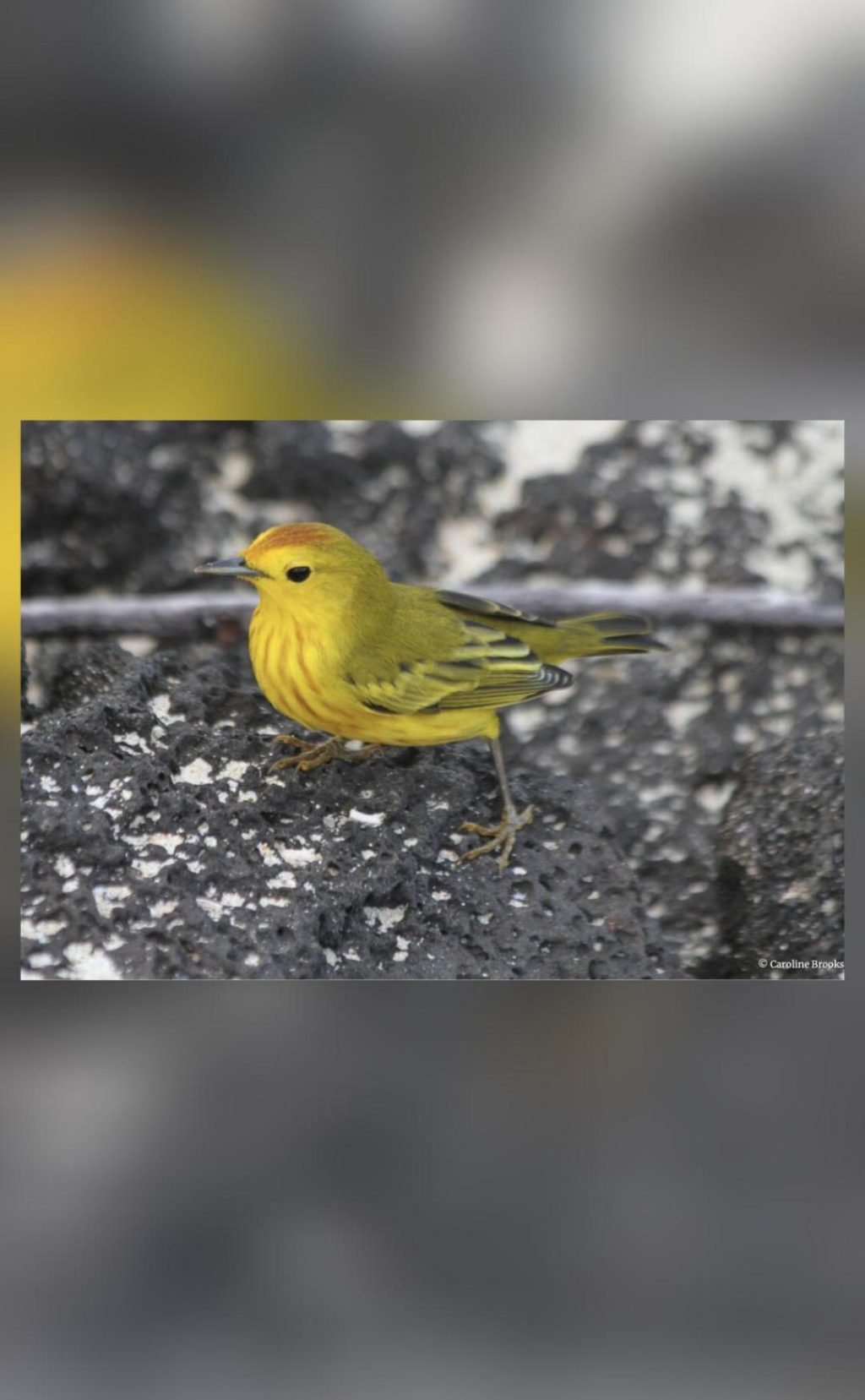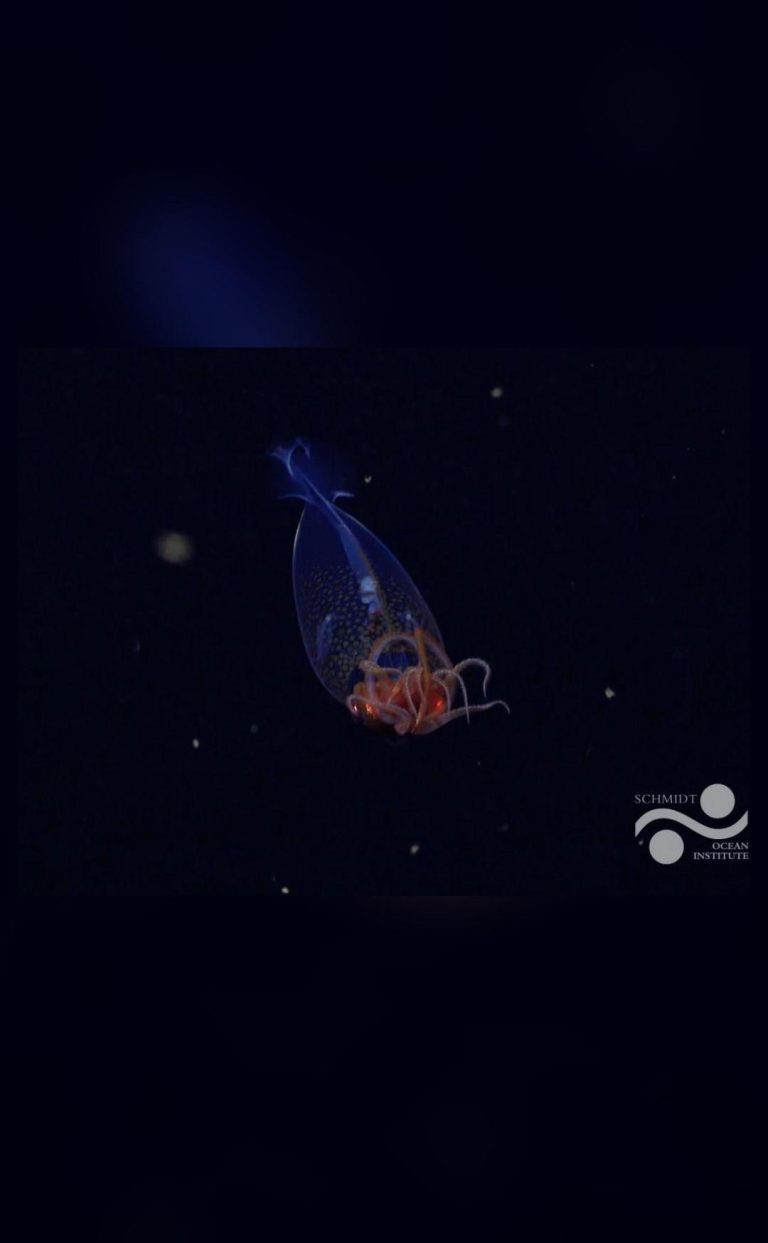
Traffic Noise Triggers Road Rage Among Male Galápagos Birds: Study
In a fascinating study published in the journal “Ecology and Evolution”, researchers have discovered that male Galápagos yellow warblers near busy roads become more aggressive when traffic noise drowns out their territorial songs. This unexpected finding highlights the significant impact of noise pollution on wildlife communication, even in remote areas like the Galápagos Islands.
The study, led by Dr. María del Coro Arizmendi from the National Autonomous University of Mexico, aimed to investigate the effects of traffic noise on the behavior and communication of Galápagos yellow warblers (Setophaga petechia). These birds are native to the Galápagos Islands, a UNESCO World Heritage Site, and are known for their distinctive songs, which play a crucial role in their mating and territorial behaviors.
The research team conducted their study in the Galápagos Islands, where they set up playback experiments near busy roads and quiet areas. They recorded the birds’ songs and behavior in response to the playback of their own species’ songs, as well as songs of other species. They also monitored the birds’ behavior in response to traffic noise, which was simulated using a car horn and a tape recorder.
The results of the study were striking. Male Galápagos yellow warblers near busy roads exhibited increased aggression, including physical fights, when their territorial songs were drowned out by traffic noise. In contrast, birds in quiet areas did not exhibit this behavior. The researchers found that the birds’ aggression was not only directed towards each other but also towards other species, including humans.
The study’s lead author, Dr. Arizmendi, explained that the birds’ aggression was likely a result of their inability to communicate effectively due to the traffic noise. “In the absence of effective communication, males may resort to physical aggression to defend their territories and mates,” she said.
This phenomenon is reminiscent of “road rage” in humans, where frustration and anger build up due to traffic congestion and noise. The researchers believe that the Galápagos yellow warblers may be exhibiting a similar behavior, which they term “road rage”.
The study’s findings have significant implications for our understanding of the impact of noise pollution on wildlife communication. Noise pollution is a growing concern worldwide, with human activities such as transportation, construction, and industry generating increasing levels of noise. This noise can disrupt the natural soundscape, making it difficult for animals to communicate effectively.
The Galápagos Islands are a unique and fragile ecosystem, home to an incredible array of endemic species that have evolved in isolation for millions of years. The study’s findings serve as a reminder of the importance of conserving this ecosystem and reducing our impact on the environment.
Dr. Arizmendi and her team recommend that conservation efforts focus on reducing noise pollution in areas where wildlife is present. This can be achieved through the implementation of noise-reducing measures, such as sound barriers and noise-cancelling devices.
The study’s results also have implications for our understanding of animal behavior and communication. By studying the impact of noise pollution on wildlife, we can gain a better understanding of the complex interactions between animals and their environment.
In conclusion, the study highlights the significant impact of noise pollution on wildlife communication, even in remote areas like the Galápagos Islands. The findings serve as a reminder of our responsibility to conserve and protect the natural world, and to reduce our impact on the environment.
Source:
Arizmendi, M. D. C., et al. “Traffic noise affects territorial defense and aggression in male Galápagos yellow warblers.” Ecology and Evolution 5.14 (2022): 3225-3236.
https://www.sciencedirect.com/science/article/pii/S0003347225000466






